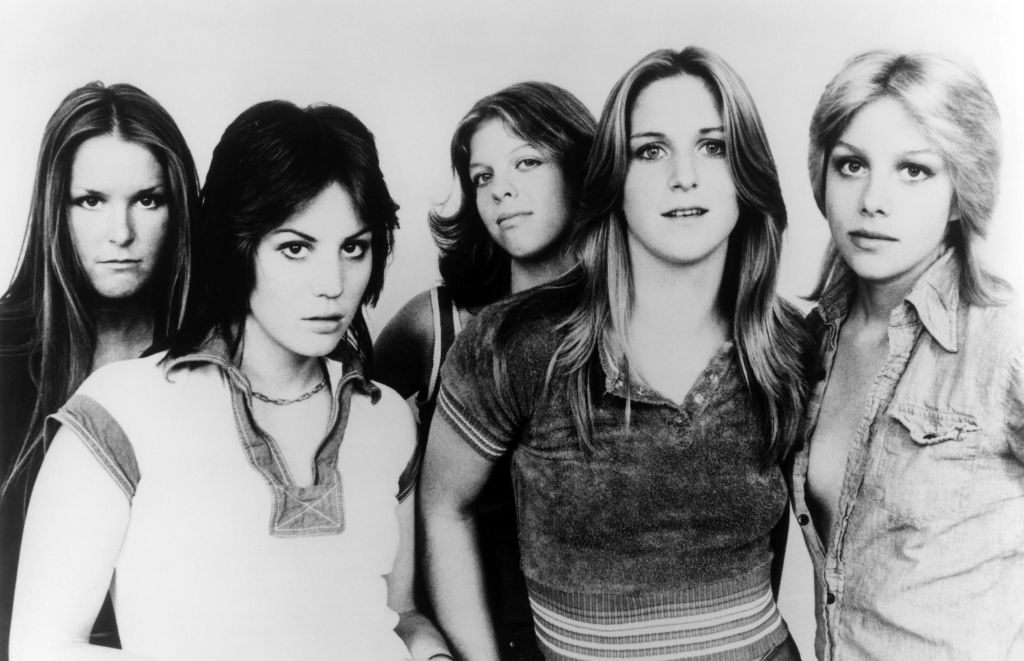In the Name of Science: How Modern Medicine Reduced Patients to Machines and Statistics
“[The doctors] just see the disease, not me as a person,” a diabetic patient lamented to Dr. Rajeev Kurapati, Medical Director of Integrative Oncology and Hospitality at St. Elizabeth Healthcare in Kentucky.
The patient, alias Walter, had been in the hospital for a few weeks from complications of diabetes, including kidney failure, infections in his lower limbs, and near blindness from problems in his nerves.
Apart from Kurapati, Walter had many medical specialists to tackle each of his symptoms. This included a cardiologist, a nephrologist, and an infection specialist.
Dr. Rajeev Kurapati (Courtesy of Dr. Rajeev Kurapati)
Initially admitted to the hospital as a rather pleasant man in his middle ages, Walter was soon leached of his charms as insomnia—another complication of his chronic disease—emerged and became another contending ailment.
Walter soon became anxious and desperate from not being able to sleep, so a psychiatrist was arranged for his suffering mental health, yet his insomnia persisted.
Kurapati’s book titled “Physician: How Science Transformed the Art of Medicine,” set the scene on current hospital medicine by starting the first chapter with this patient.
Kurapati’s book was based on a phenomenon he observed as he advanced in his medical practice. He discovered that doctors, fixating on the objective aspect of medicine, often place more emphasis on the treatment, thinking that this will heal the patient and make them better.
Yet healing and recovery are separate, and healing can therefore happen without physical recovery.
Therefore, a fixation on treatment can lead to physicians neglecting the focus of medicine, which is the patient.
This phenomenon has been observed and cautioned against by many physicians, with many asserting that treating patients “as disease” could compromise patient care.
While there are many drivers behind this problem, many doctors including Kurapati identified modern science to be an underlying factor, specifically an overemphasis of modern science in the medical field.
Doctors have also become busier, only able to allocate a few minutes to each patient as more time is spent charting. For the doctors who want to be present for their patients, practicing personalized medicine, many rarely have the time and the energy to, weighed down by requirements and protocols set by the hospital administration.
However, it hasn’t always been this way.
In fact, dialing time back to over a decade, over half of the doctors in the United States owned their own private practice.
A report published by The Physician Foundation in 2008 found that over 60 percent of doctors owned their practice rather than being employed (pdf). These doctors were their own CEOs, planned the day as they saw fit and, most importantly, allocated time and energy for the patients returning to their clinic. The American Medical Association’s 2020 Physician Practice Benchmark Survey shows just 49 percent of physicians own their practices today, a continuation of this downward trend.
With federal policies favoring large hospital systems, bedside manners and patient diagnosis took a backseat to medical data analysis.
The art of medicine, once based on the sacred bond between a
" Conservative News Daily does not always share or support the views and opinions expressed here; they are just those of the writer."





